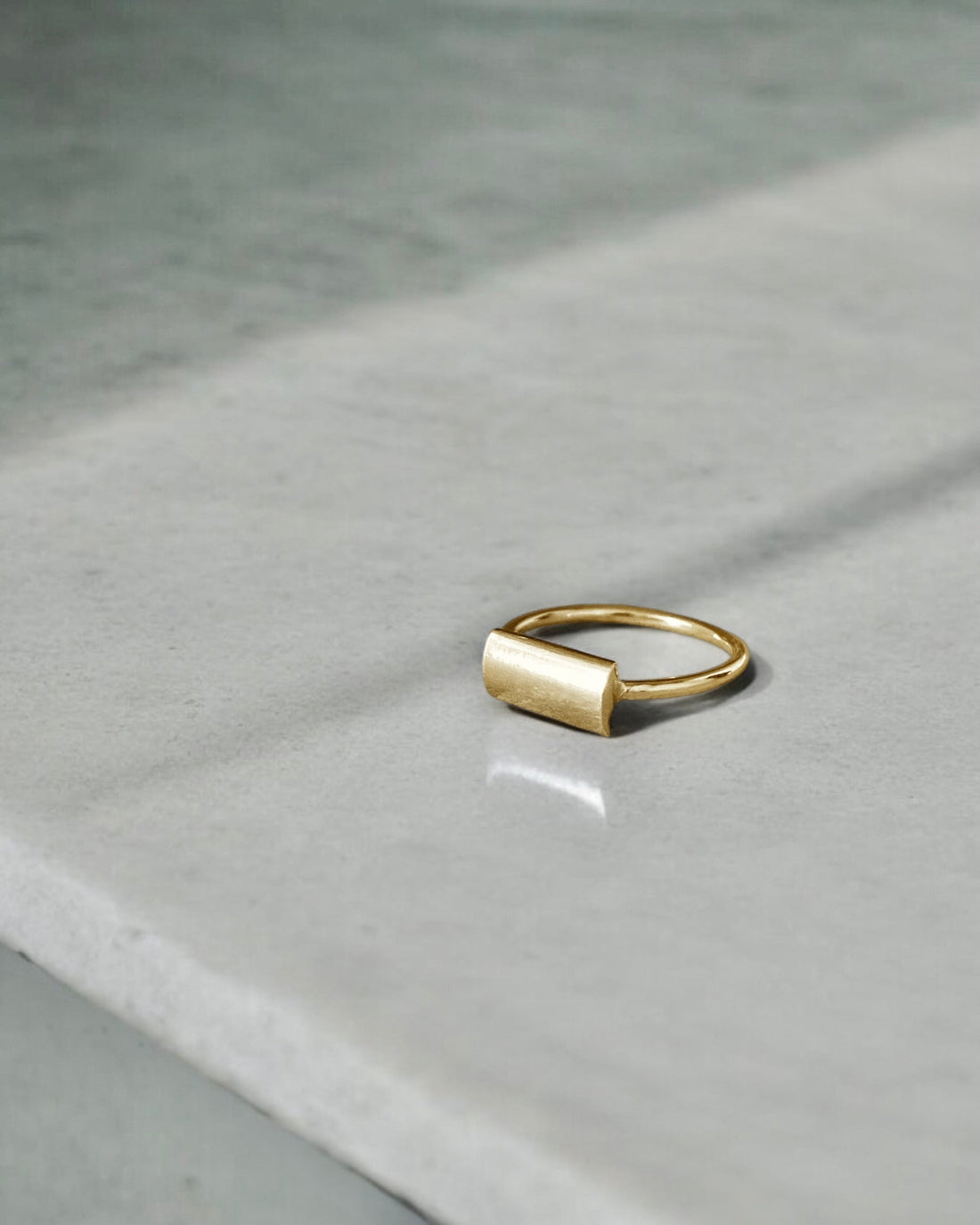Jewelry plating is a widely used technique that enhances the appearance and durability of jewelry. Whether you’re looking for a luxurious gold finish or a trendy rose gold look, plating provides an affordable way to achieve the aesthetic of precious metals. In this post, we’ll cover everything you need to know about jewelry plating, including how it works, the different types, and how to care for your plated jewelry.
What Is Jewelry Plating?
Jewelry plating is the process of coating a base metal with a layer of a precious metal, such as gold, silver, or rhodium. This process not only enhances the visual appeal of jewelry but also helps protect it from tarnishing and corrosion.
How Does Jewelry Plating Work?
Jewelry plating is typically done through electroplating, a process that uses an electric current to bond a metal coating to the jewelry’s surface. Here’s how it works:
1. Cleaning the Base Metal’s: The jewelry is thoroughly cleaned to remove dirt, oils, and oxidation.
2. Electrolyte Bath: The piece is submerged in a solution containing metal ions.
3. Applying an Electric Current: An electric current is passed through the solution, causing the metal ions to bond to the jewelry’s surface.
4. Final Polishing: The plated jewelry is polished to enhance its shine and durability.
The thickness of the plating varies depending on the type of jewelry and its intended use. Thicker plating lasts longer, while thinner coatings may wear off more quickly.
The thickness of jewelry plating is measured in microns and plays a crucial role in durability. Thin plating (less than 0.5 microns wears off quickly. Standard gold plating is usually around 0.5 to 2.5 microns, offering moderate durability for occasional wear. Gold Vermeil, a higher-quality option, requires at least 2.5 microns of gold over sterling silver, making it more resistant to wear. Our BAAÉM gold pieces are Gold Vermeil because they have a sterling silver base and have 3 microns of 18k gold. This is a very thick layer of gold making our pieces very durable. They can last many years when giving the proper care.
Common Types of Jewelry Plating
There are several types of jewelry plating, each offering unique benefits and aesthetics.
1. Gold Plating: Gold plating involves applying a thin layer of gold over a base metal like brass, copper, or silver. The thickness of gold plating is measured in microns, with thicker layers being more durable.
2. Gold Vermeil: Gold vermeil is a high-quality type of gold plating that uses sterling silver as the base metal and requires a gold layer of at least 2.5 microns thick.
3. Rhodium Plating: Rhodium plating is commonly used on white gold and silver jewelry to enhance shine and resistance to tarnish.
4. Silver Plating: Silver plating coats a base metal with a thin layer of silver, giving jewelry a bright and elegant finish.
5. Rose Gold Plating: Rose gold plating is a mix of gold and copper, creating a warm, pink-toned finish that has become very popular.
How to care for plated jewelry
Since plated jewelry has a thin layer of metal, it requires special care to maintain its shine and durability. Here are some tips:
1. Avoid Moisture: Remove jewelry before swimming, showering, or washing hands.
2. Store Properly: Keep jewelry in a dry, soft pouch or a jewelry box to prevent scratches.
3. Use a Soft Cloth: Clean with a microfiber cloth instead of abrasive materials.
4. Avoid Chemicals: Perfumes, lotions, and cleaning agents can cause plating to wear off.
Final thoughts
Jewelry plating is an excellent way to achieve the look of luxury metals at a fraction of the cost. Whether you choose gold plating, rhodium plating, or silver plating, understanding how it works and how to care for it can help you keep your jewelry looking beautiful for years to come.
Looking for high-quality plated jewelry? Check out our latest collections and find the perfect piece to elevate your style!

